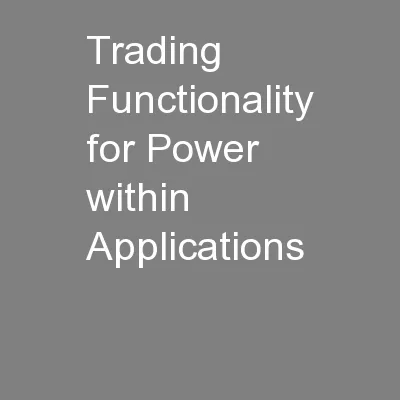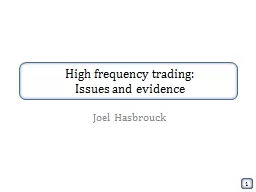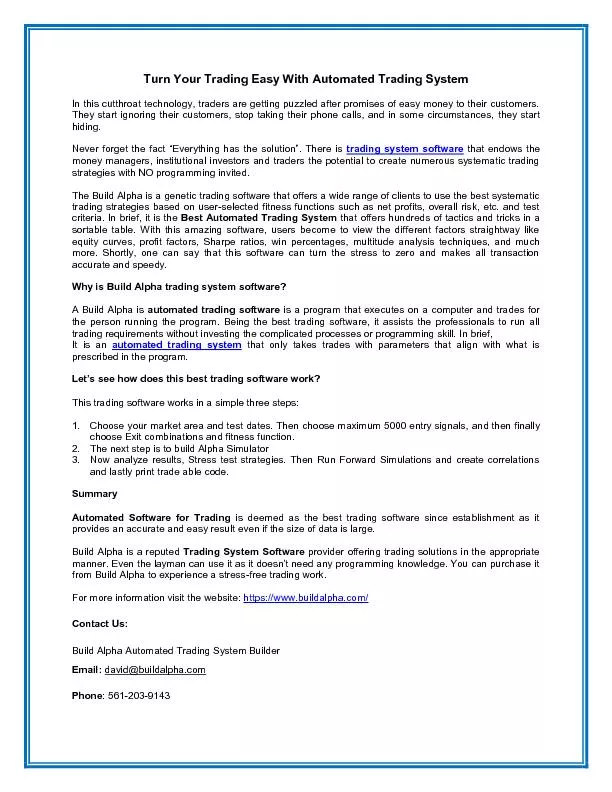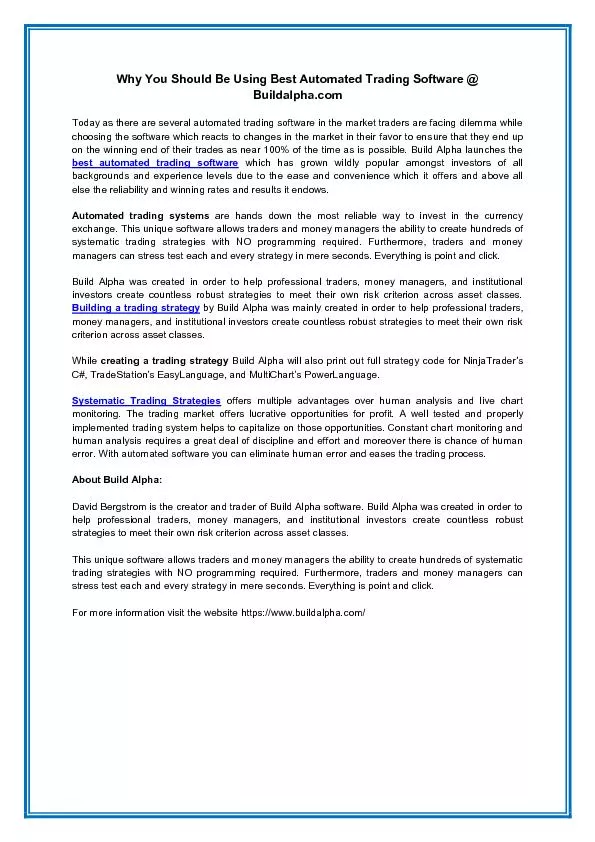PPT-Trading Functionality for Power within Applications
Author : jane-oiler | Published Date : 2016-04-24
Melanie Kambadur and Martha A Kim melanie marthacscolumbiaedu Columbia University New York NY APPROX PLDI 2014 2 Mobile Phone Application Running on a power constrained
Presentation Embed Code
Download Presentation
Download Presentation The PPT/PDF document "Trading Functionality for Power within A..." is the property of its rightful owner. Permission is granted to download and print the materials on this website for personal, non-commercial use only, and to display it on your personal computer provided you do not modify the materials and that you retain all copyright notices contained in the materials. By downloading content from our website, you accept the terms of this agreement.
Trading Functionality for Power within Applications: Transcript
Download Rules Of Document
"Trading Functionality for Power within Applications"The content belongs to its owner. You may download and print it for personal use, without modification, and keep all copyright notices. By downloading, you agree to these terms.
Related Documents














